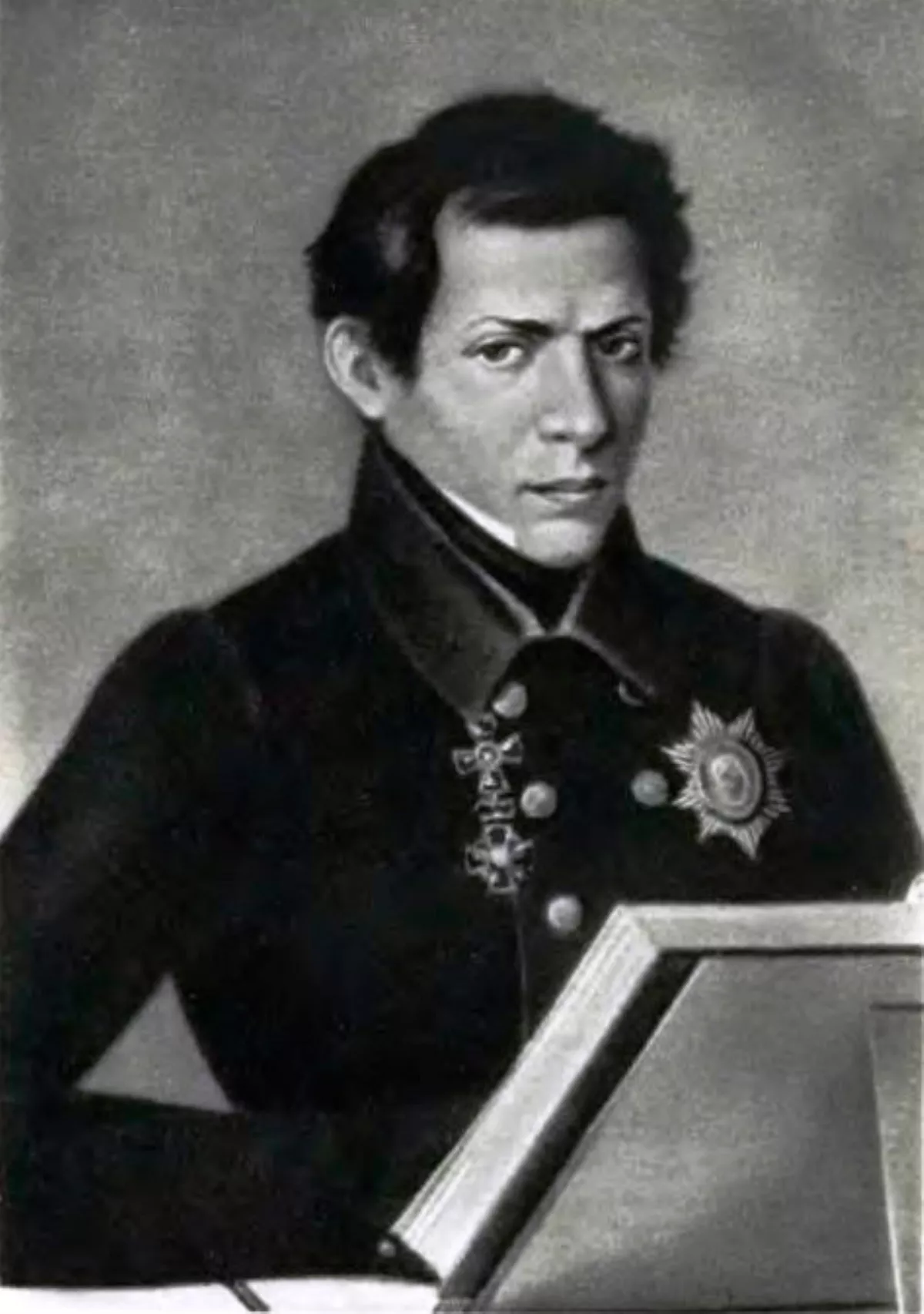 1.
1. When he was seven, his father, a clerk in a land-surveying office, died, and Nikolai Lobachevsky moved with his mother to Kazan.

 1.
1. When he was seven, his father, a clerk in a land-surveying office, died, and Nikolai Lobachevsky moved with his mother to Kazan.
Nikolai Lobachevsky attended Kazan Gymnasium from 1802, graduating in 1807, and then received a scholarship to Kazan University, which had been founded just three years earlier in 1804.
At Kazan University, Nikolai Lobachevsky was influenced by professor Johann Christian Martin Bartels, a former teacher and friend of the German mathematician Carl Friedrich Gauss.
Nikolai Lobachevsky received a Master of Science in physics and mathematics in 1811.
Nikolai Lobachevsky served in many administrative positions and became the rector of Kazan University in 1827.
Nikolai Lobachevsky was dismissed from the university in 1846, ostensibly due to his deteriorating health: by the early 1850s, he was nearly blind and unable to walk.
Nikolai Lobachevsky died in poverty in 1856 and was buried in Arskoe Cemetery, Kazan.
In 1829, Nikolai Lobachevsky wrote a paper about his ideas called "A Concise Outline of the Foundations of Geometry" that was published by the Kazan Messenger but was rejected when it was submitted to the St Petersburg Academy of Sciences for publication.
The non-Euclidean geometry that Nikolai Lobachevsky developed is referred to as hyperbolic geometry.
Nikolai Lobachevsky replaced Playfair's axiom with the statement that for any given point there exists more than one line that can be extended through that point and run parallel to another line of which that point is not part.
Nikolai Lobachevsky developed the angle of parallelism which depends on the distance the point is off the given line.
Gauss himself appreciated Nikolai Lobachevsky's published works highly, but they never had personal correspondence between them prior to the publication.
Nikolai Lobachevsky was the author of New Foundations of Geometry.
Nikolai Lobachevsky wrote Geometrical Investigations on the Theory of Parallels and Pangeometry.
Nikolai Lobachevsky gave the definition of a function as a correspondence between two sets of real numbers.